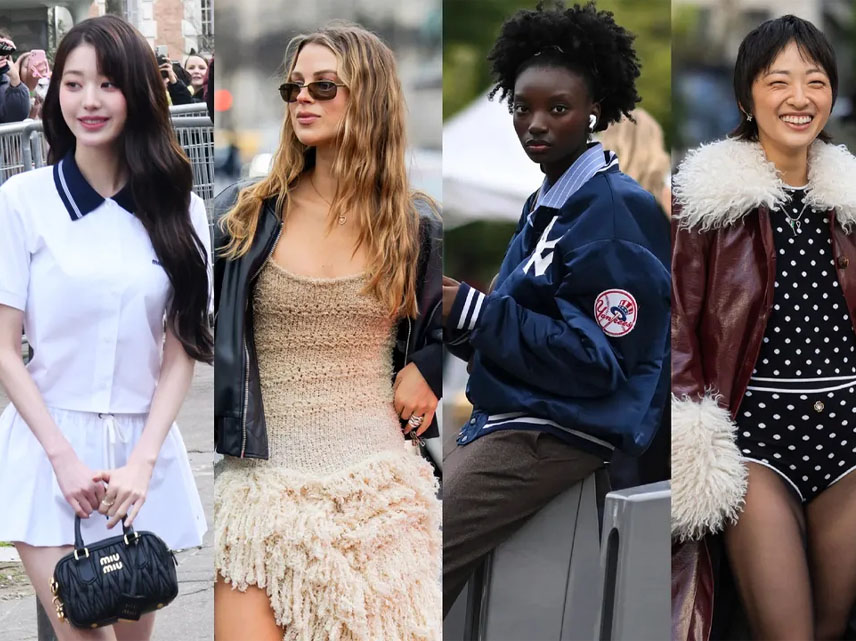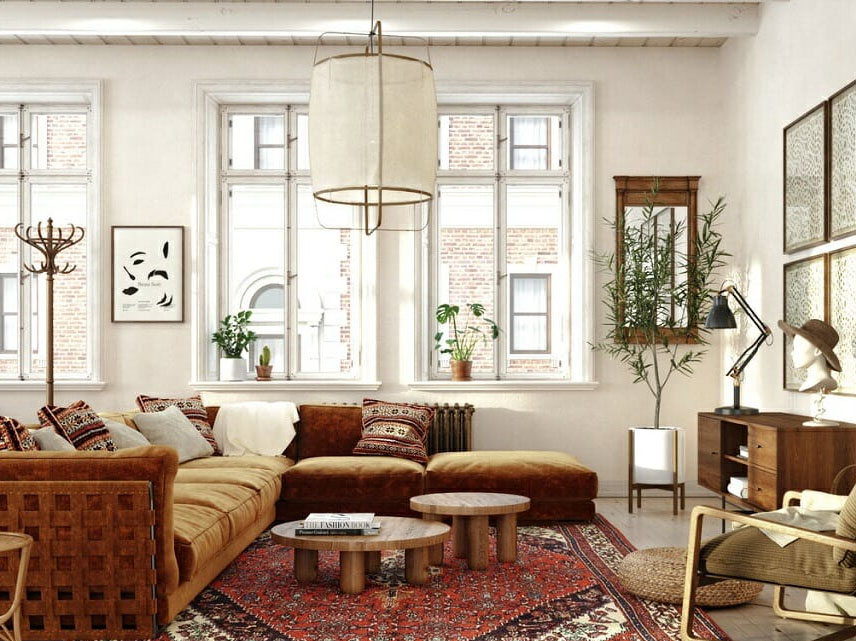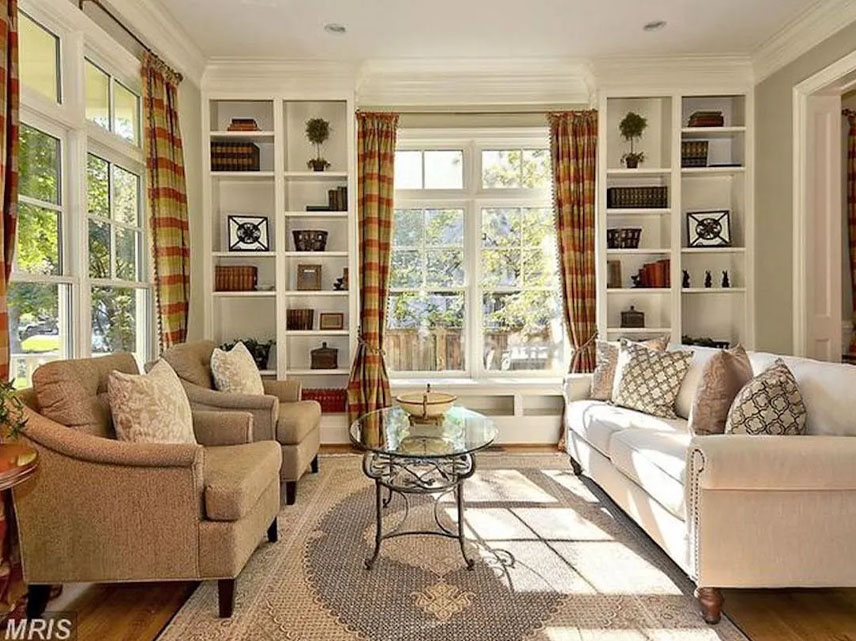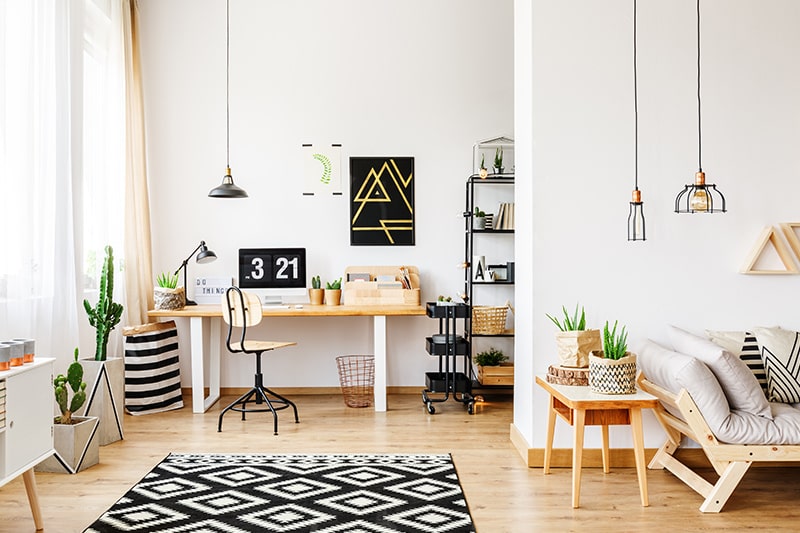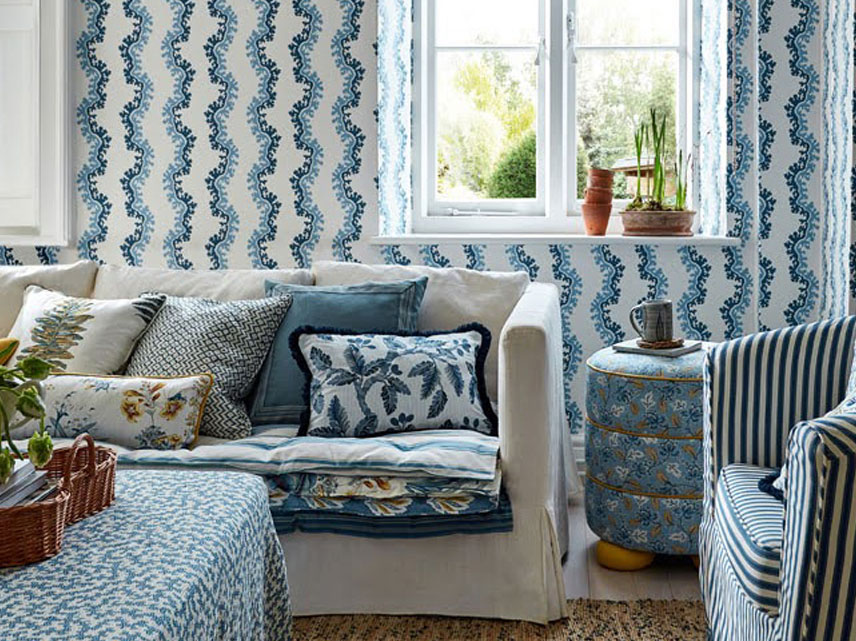Modern vs. Minimalist: Which Home Style Is Right for You?
When designing or redecorating your home, one of the most common dilemmas is choosing the right style.
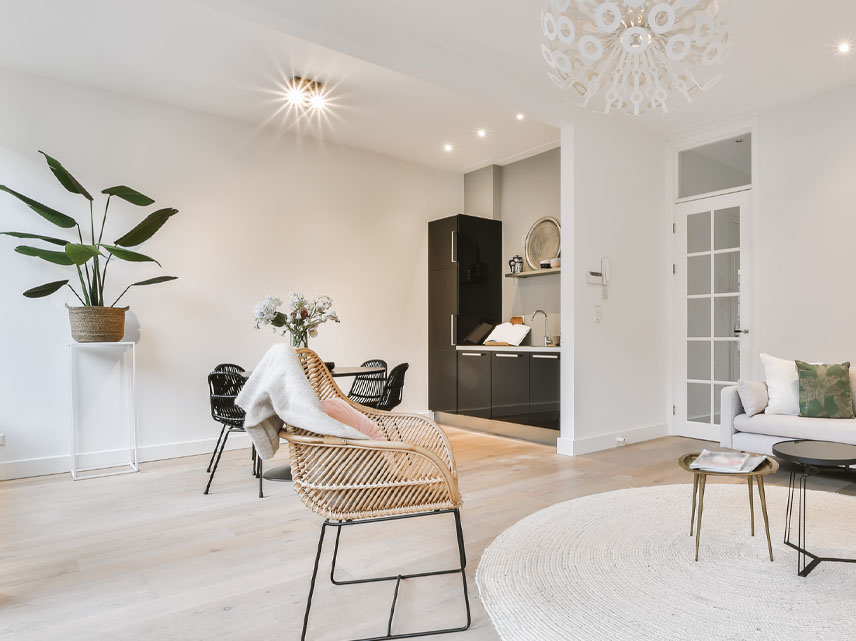
Recent Blogs
- Top Ingredients to Look for in Skincare Products
- How to Use Mirrors to Enhance Light and Space
- How Your Next Gadget Will Be Designed By AI?
- Top 10 Travel-Friendly Drones for Capturing Stunning Aerial Footage in 2025
- Must-Have Fitness Gear For Smarter Health And Stronger Results
- Pre-Workout Nutrition: What to Eat Before Exercise
- Making the Most of Awkward Spaces in Your Home
By Lissa Warner
·May 25 16
Introduction
When designing or redecorating your home, one of the most common dilemmas is choosing the right style. Two of the most popular aesthetics in today’s interior design world are modern and minimalist. At first glance, they may seem interchangeable—both clean, uncluttered, and sleek. However, a closer look reveals that they each have distinct characteristics, purposes, and emotional tones.
This blog will guide you through the defining traits of both styles and help you decide which one suits your personality, lifestyle, and space better.
What is Modern Design?
Modern design refers to a specific historical design movement that originated in the early to mid-20th century. It’s rooted in simplicity, function, and a no-frills approach, but with bold visual statements.
Key Characteristics of Modern Style:
- Clean lines and geometric forms
- Neutral color palettes with occasional bold accents
- Natural materials like wood, leather, and metal
- Emphasis on horizontal and vertical lines
- Open floor plans with functional layouts
- Mid-century modern influences
Modern design celebrates the idea of form following function, where every element has a purpose but still contributes to the overall aesthetic.
What is Minimalist Design?
Minimalist design takes inspiration from modern design but pushes the boundaries of simplicity further. It’s not just a style, but a philosophy centered on reducing clutter and focusing only on what is essential.
Key Characteristics of Minimalist Style:
- Extremely limited color palette (often white, black, grey, beige)
- Sparse decor and accessories
- Open, airy spaces with little visual noise
- Hidden storage solutions to maintain a clean look
- Furniture with simple shapes and straight lines
- Intentional use of negative space
Minimalism is about creating a calm, distraction-free environment that promotes mental clarity and focus.
Design Goals: Function vs. Philosophy
While both modern and minimalist design value functionality, their ultimate goals differ.
Modern design seeks to balance function with visual interest. It encourages mixing materials, experimenting with bold colors, and celebrating structural elements. The result is a practical yet stylish space.
Minimalist design, on the other hand, is more philosophical. It’s about stripping away excess and embracing the idea that “less is more.” The goal is to create peace and simplicity through thoughtful reduction.
Color Palettes: Contrast and Restraint
Modern interiors often feature a broader range of colors. While neutral shades dominate, you’ll find bold accent hues—such as deep blue, mustard yellow, or forest green—used to add personality and break visual monotony.
Minimalist interiors rely heavily on monochromatic or tonal palettes. Whites, greys, and soft beiges dominate, creating a serene and cohesive environment. The focus is on harmony and subtle contrast rather than eye-catching pops of color.
Furniture and Materials
In a modern home, furniture tends to be statement-making. Iconic mid-century pieces with wood and metal finishes, angled legs, and sculptural forms are common. Texture and material variation play a key role in adding depth.
Minimalist furniture, by contrast, is understated. Think simple silhouettes, matte finishes, and muted tones. The furniture blends into the space rather than standing out, creating a seamless and cohesive look.
Décor and Accessories
Modern decor embraces artwork, bold rugs, curated bookshelves, and signature lighting pieces. Accessories are chosen carefully, but they’re part of the visual storytelling.
In minimalist decor, less is definitely more. Accessories are minimal or entirely absent. Each piece must serve a purpose—whether functional or aesthetic. Even artwork tends to be abstract, neutral-toned, or singular in placement.
Space Usage and Layout
Modern spaces aim for openness but don’t shy away from room division when needed. There’s often a balance between open areas and cozy nooks.
Minimalist layouts emphasize flow and openness above all else. Spaces feel airy, with large amounts of negative space, clean walls, and intentional placement of furniture and décor.
Lifestyle Fit: Which One’s for You?
Choose Modern Style If:
- You enjoy mixing textures and materials.
- You appreciate a balance between function and flair.
- You like experimenting with color accents and bold shapes.
- You prefer a warm, lived-in, yet polished atmosphere.
Choose Minimalist Style If:
- You crave simplicity and calm in your living space.
- You’re drawn to clean lines and neutral tones.
- You prefer uncluttered surfaces and intentional design.
- You live a lifestyle that supports minimal ownership and maximum clarity.
Blending Both Styles
Interestingly, many homeowners today choose to blend modern and minimalist styles. This hybrid approach allows for a space that is clean and calm, but not devoid of character. By combining the best of both—like using a minimalist base with modern accent pieces—you can create a unique and versatile home that reflects your personal style.
Conclusion
Modern and minimalist styles both offer beauty, structure, and sophistication in their own way. While modern design leans toward artistic expression through function and form, minimalism values restraint and mindfulness. Choosing between them—or even blending both—depends on what feels right for your daily rhythm and emotional connection to space.
Ultimately, your home should not only look great but also serve your comfort, reflect your identity, and bring a sense of ease to your everyday life.
Comment:
Your email address will not be published. Required fields are marked *
Our Top Picks
No products found.
